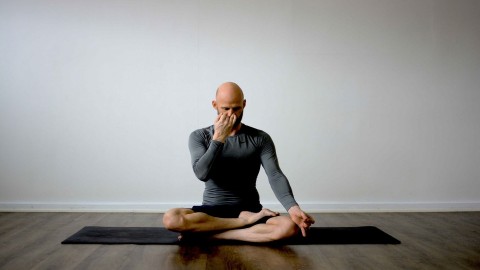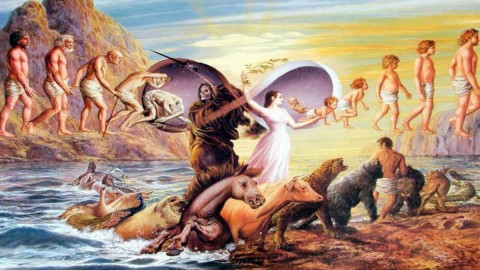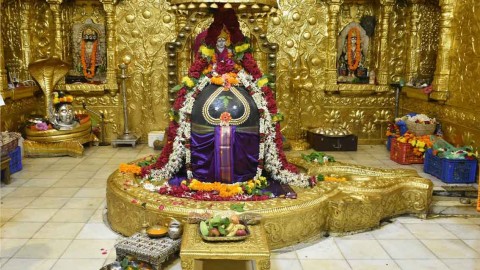Integrating Ancient Wisdom in Modern Life: Escaping Into Life
- Dhyana is not about emptiness but about self-restraint. It is not contemplation but observation and witnessing. It is not about escaping from life but escaping into life. To Patanjali self-restraint does not mean to repress oneself. It simply means to direct one’s life – not to repress the energies, but to direct, to give them a direction. Self-restraint means the first meaning: to give direction to life. Self-restraint means to become a little more centred.
- There are five external steps of Dhyana. Asana, Affirmation, Physical Relaxation, Prana/Breath Observation and State Of Awareness.
- Asana to attain this state of ‘Sthiram Sukham Asanam’. The 4 categories of asana are: standing, sitting, prone and supine. Each asana practice usually starts with standing asanas. This gets the energy pumping and activates the entire body. It is followed by sitting asanas which are good grounding asanas and provide an excellent stretch to the back and neck. Asana practice tends to end with prone and supine asanas which are usually more relaxing but also intense so as to strengthen the core and various body parts.
- Affirmations are a simple way to challenge self-sabotaging thoughts, and tip the scale toward a more balanced mind. Often making space to create positive change in your life.
- In our asana practice, the physical relaxation practice begins with our lying down in a corpse pose, with arms and legs both spread apart roughly 30 degrees from our body. We are not trying to do or to be anything, we are not trying to be anywhere but where we are… allowing ourselves to fully relax… Feeling the earth beneath us.
- Prana/Breath Observation is observing and being with the breath. The mind with thoughts and feelings is closely related to the breath. When we observe the breath, the mind will become calm and relaxed.
- State Of Awareness: Dhyan is meditation, nothing is there, everything dropped, but you are in an intense state of awareness. The object has dropped, but the subject has not fallen into sleep.
- There are three internal stages of Dhyana. Awareness of the body, mind and breath; Awareness of thoughts; awareness of subconscious mind. Internal process starts from gross with the feeling of prana’s inside of your body. Now one will not feel the body. From that one will move towards one’s own subtle part of the body called awareness of thoughts, this will be felt in the gross body. Now one will not be aware of breath. From the effects of thoughts on the gross body one will slip into a subtler body, subconscious mind. With that you will move beyond thoughts, and be able to see you are not thoughts.











